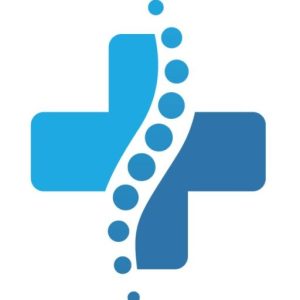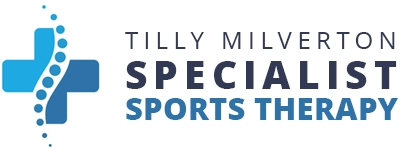Big news: FIFA Women’s ACL Injuries Study is now available looking into the rise of women’s ACL tears.
The research, based at Kingston University, will explore whether hormonal changes across the menstrual cycle could increase the risk of ACL tears. It’s the first time a governing body like FIFA is seriously investing in why this keeps happening — and what we can do to prevent it.
Why The FIFA Women’s ACL Injuries Study Matters
Female footballers have been sounding the alarm for years.
Sam Kerr, Beth Mead, Vivianne Miedema… the list of elite women ruled out with ACL ruptures keeps growing. It’s not just bad luck. It’s a pattern — and one that’s been largely ignored until now.
FIFA’s study will look at:
-
Hormonal fluctuations during different cycle phases
-
The effects on ligament laxity and neuromuscular control
-
Common injury scenarios like landing mechanics and change of direction
-
Whether we can adapt training or rehab to reduce risk
Finally, we’re moving away from “one-size-fits-all” protocols — and towards understanding the whole athlete.
The Role of Hormones in ACL Injury
The FIFA Women’s ACL Injuries Study will monitor estrogen and progesterone — hormones known to affect:
-
Ligament flexibility
-
Muscle reaction times
-
Overall neuromuscular coordination
This matters because hormonal shifts could increase injury risk, especially during non-contact movements like quick cuts or awkward landings.
Until now, most injury prevention and rehab protocols have ignored the menstrual cycle completely — a huge oversight in a sport where women are tearing ACLs at alarming rates.
What Needs to Change (Now, Not Next Year)
While the FIFA study runs for a year, female players are still tearing their ACLs every week. We can’t wait for results before we act.
Here’s what I believe needs to shift right now:
🚫 Stop giving women rehab plans copied from men
📊 Start testing movement quality — not just basic strength
🧠 Prioritise confidence, fear of reinjury, and real mental support
🏋️♀️ Introduce proper S&C earlier — not just after injury
💬 Open up honest conversations around cycle tracking and training phases
👟 Design women-specific football boots — our feet are not the same
⚽ Invest in better-quality pitches for women — they’re often nowhere near the standard of the men’s game
This injury isn’t just physical. It’s personal, emotional, and far more complex than we’ve been led to believe.
My Experience Working With Female Professional Athletes in ACL Rehab
I’ve worked with dozens of women through their ACL rehab — including professional athletes — and I don’t want to exaggerate what that looks like.
A lot of them are:
-
🔋 Highly motivated and committed to doing the work
-
🏋️♀️ Already training, but often following generic or non-specific S&C plans due to lack of funding or individual programming
-
💬 Accessing physio and S&C — but not getting regular 1:1 testing or objective tracking
-
⏱️ Not monitoring key recovery markers like sleep, soreness, or fatigue — which play a huge role in injury risk
-
📅 Still lacking a clear, trusted structure — especially week to week as they try to return to sport
They’re not confused — they’re capable.
They just don’t have the right tools around them.
And they’re fed up with the guesswork — and with exercises that follow a rigid week-by-week timeline rather than being based on their actual testing, progress, and ability.
Too often, rehab doesn’t adapt with them — it just ticks along, regardless of how they’re responding.
That’s exactly why I created my Complete ACL Recovery Guide — to clearly lay out the testing and progress markers you need to move through rehab safely and confidently.
Scott Neville, a professional footballer in Australia’s A-League, used this guide during his second ACL rehab.
Despite having access to three full-time physios, what he said he was missing was clarity — and that’s exactly what the guide gave him.
He returned to football stronger than ever, with structure, confidence, and a plan that actually made sense.
Final Thoughts on the FIFA Women’s ACL Injuries Study
It’s brilliant that FIFA are finally putting research behind the ACL crisis in women’s football. But real change can’t wait.
We need better rehab, more education, and proper support for female athletes at every level — from grassroots to pro.
👉 If you’re recovering from ACL surgery and want a plan that actually works for you —
Explore the Complete ACL Recovery Guide here

